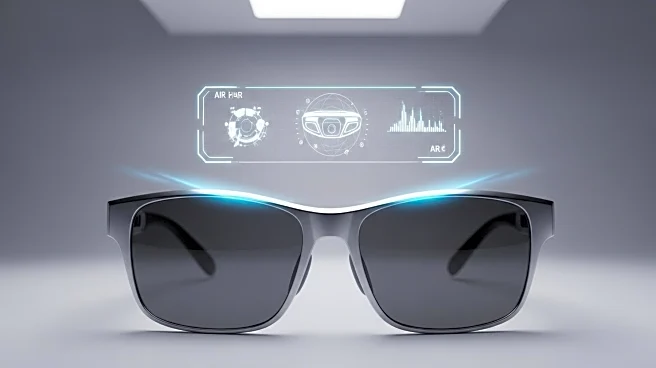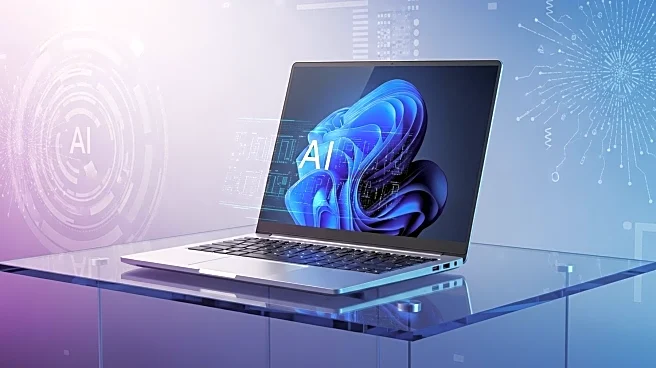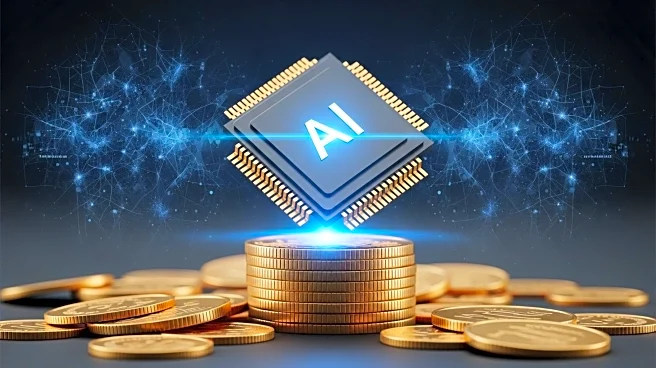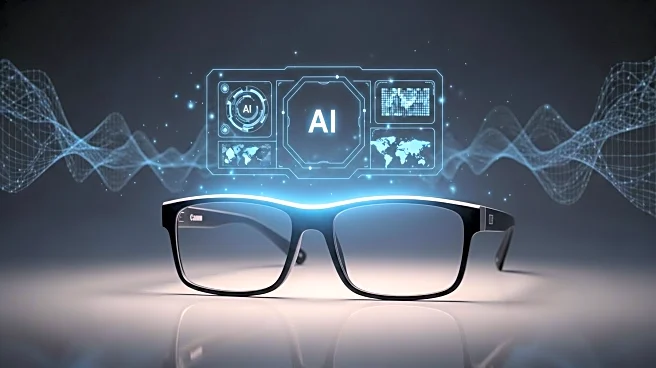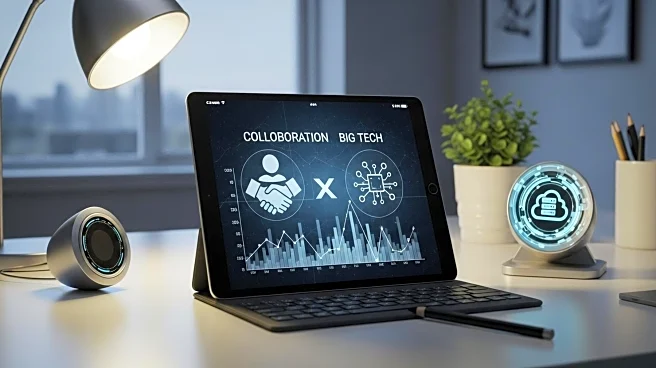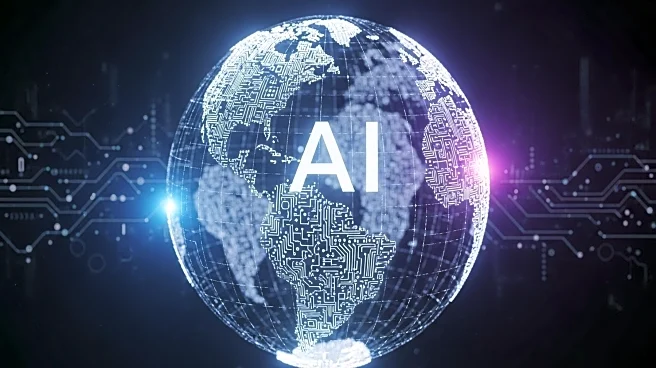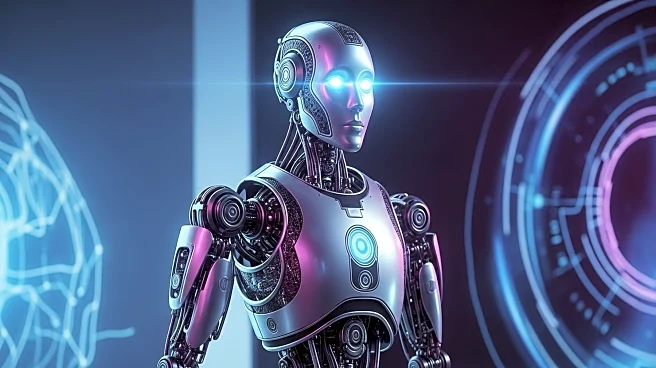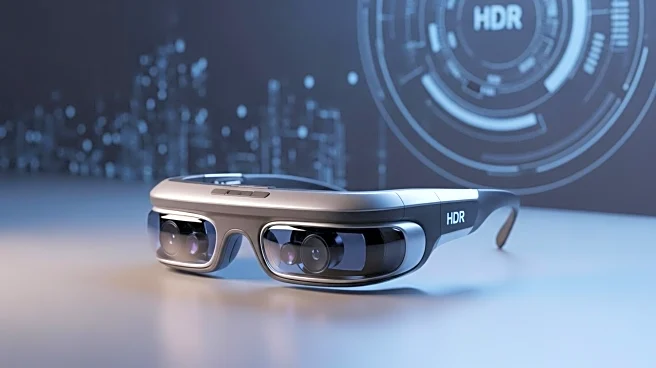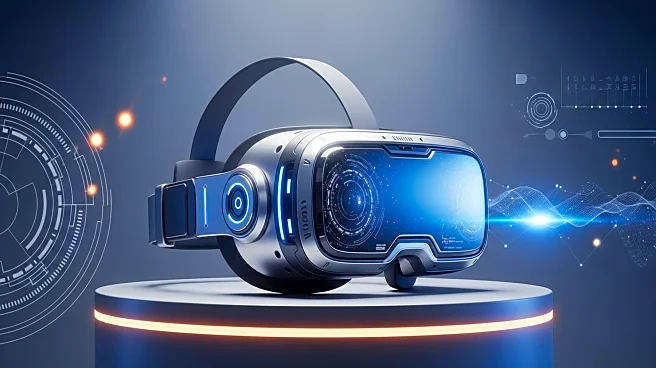What's Happening?
Snap's updated AR Spectacles are showcasing significant advancements in XR technology, with features like AI-powered live translation. These glasses, still in developer mode, are part of a broader trend towards mainstream adoption of XR devices. The technology, supported by Qualcomm's chips and AI breakthroughs, is expected to transform user experiences. Industry leaders, including Google's Rick Osterloh, believe XR is ready for a major breakthrough, with increased sales of XR products like Meta's Rayban glasses indicating growing consumer interest.
Why It's Important?
The potential mainstream adoption of XR technology could revolutionize how consumers interact with digital content, offering immersive experiences that integrate seamlessly into daily life. This shift could impact various sectors, including entertainment, communication, and education, by providing new ways to engage with content. Companies investing in XR technology stand to benefit from increased consumer demand, while those slow to adapt may face challenges. The integration of AI into XR devices enhances their functionality, making them more appealing to a broader audience.
What's Next?
As XR technology continues to evolve, companies are likely to focus on improving comfort and usability to attract hesitant consumers. The development of smaller, power-efficient devices will be crucial in achieving widespread adoption. Tech companies will need to ensure interoperability among various devices to create cohesive user experiences. The success of XR technology will depend on its ability to offer practical benefits that outweigh any discomfort associated with wearing smart glasses.
Beyond the Headlines
The rise of XR technology raises questions about privacy and data security, as these devices collect and process vast amounts of personal information. Ethical considerations regarding the use of AI in XR devices will need to be addressed to ensure consumer trust. Additionally, the cultural impact of widespread XR adoption could alter social interactions and redefine norms around technology use.

